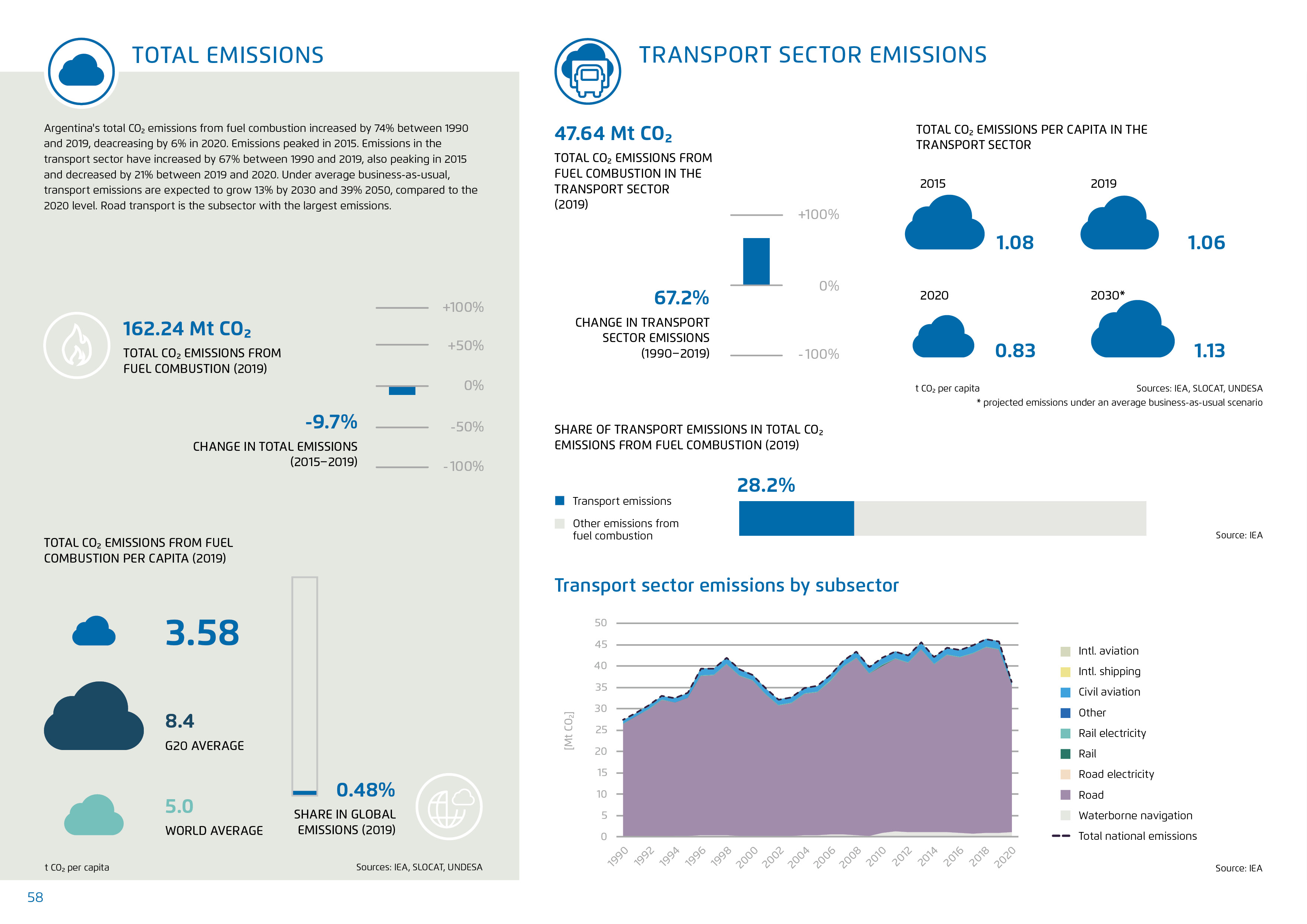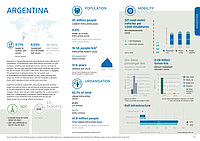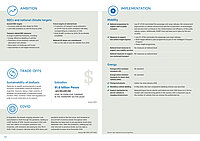This content is also available in: German
Argentina
Net-zero target: 2050 / Motorisation rate (2020): 321 vehicles per 1,000 inhabitants / Change in transport sector emissions (1990-2019): 67,2 % / Projected total CO2 emissions per capita in the transport sector in 2030: 1,13 t
Argentina is characterised by long travel distances and a high level ofurbanisation. Travel between cities relies almost exclusively on roadtransport, including well-developed and low-cost bus services. Airtransport has also been growing in importance. Although the countryhas the 6th largest rail system in the world, rail transport is negligible. The government is aiming to revive the rail system, andre-nationalised the railway operator in 2015. Urban transport andcargo rely mostly on road transport, with the exception of BuenosAires, which operates a metro system and tram lines.
Argentina revised its original NDC, reducing the absolute emissiontarget from 483 Mt CO₂e to 349 Mt CO₂e by 2030 and has committedto net-zero emissions by 2050. It has not set any targets for thetransport sector. Since January 2018, Argentina has a carbon price inplace and it implemented a mandatory vehicle labelling scheme. Argentina is one of the few G20 countries that has not yetimplemented CO₂ or energy efficiency standards.
Key figures on transport and climate
Published in Towards Decarbonizing Transport 2023.








